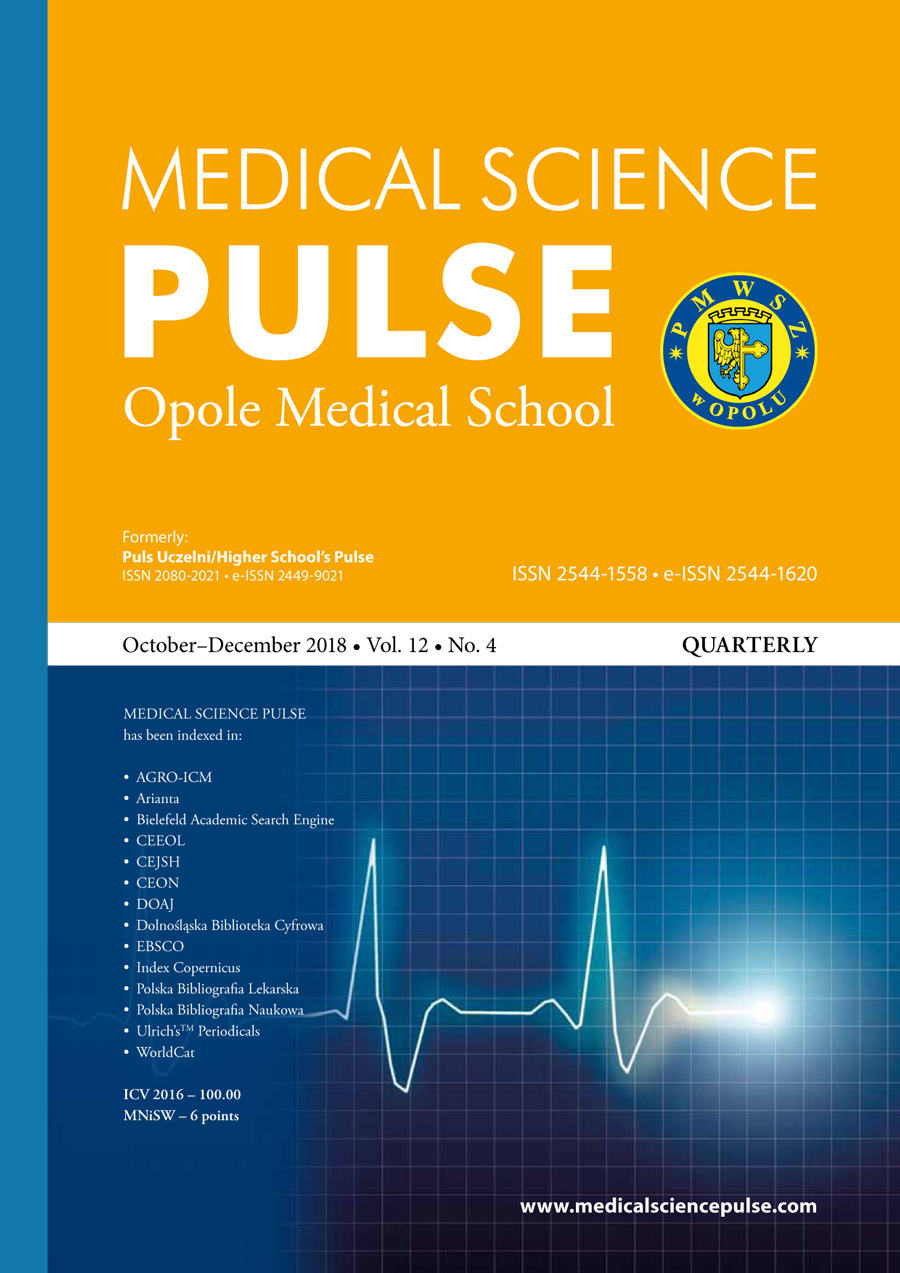The pathophysiology of vasovagal syncope
The pathophysiology of vasovagal syncope
Author(s): Ewelina Barbara Kolarczyk, Ewa NowakowskaSubject(s): Health and medicine and law
Published by: Państwowa Medyczna Wyższa Szkoła Zawodowa w Opolu
Keywords: vasovagal syncope; neurogenic syncope; tilt test
Summary/Abstract: Vasovagal syncope, known also as neurogenic or neurocardiogenic syncope, accounts for about 30-40% of syncopes of unclear origin and is the most common type of syncope among children and adolescents. Vasovagal syncope is defined as a state of temporary loss of consciousness with reduction of muscle tone followed by sudden, rapid and total return of consciousness. Vasovagal syncope is caused by a drop in blood pressure and/or reflex bradycardia which occurs as a result of emotional or orthostatic stress. Consequently, in understanding the mechanism of neurogenic syncope, most attention is paid to the dysregulation of sympathetic-parasympathetic autonomic nervous system. The main objective of this study was to systematically review the pathomechanisms triggering a vasovagal reaction. The analysis is based on a review of the literature on this topic. Material was obtained using the library system ALEPH. The literature was obtained from databases such as PubMed, Medline and GBL. This study focused on the role of tilt testing in the diagnosis of vasovagal syncope as well as other tests used to assess the functioning of the autonomous control of the cardiovascular system in syncope.
Journal: Medical Science Pulse
- Issue Year: 12/2018
- Issue No: 4
- Page Range: 49-54
- Page Count: 6
- Language: English

